If you’ve ever stood over your child’s plate wondering, “Is that enough? Or too much?” — there are many parents who think the same. Between the growth spurts and skipped meals, portion control for kids can feel like decoding a secret language. The truth is, children’s appetites are as unpredictable as the weather — sunny and bright one day, stormy the next.
Read below this article to know the reality behind portion control and how much should your child actually eat.
Portion Sizes vs. Serving Sizes: The Difference
Yes, there’s a difference. A serving size is a standardized amount of food, like what’s written on a label, but a portion size is the amount your child actually eats. Kids’ portion sizes are naturally smaller than adults', and they change as their bodies grow. For toddlers, half a banana might be plenty; for teenagers, three bananas might barely scratch the surface.
It’s tempting to let kids eat as much as they want, especially when they’re active and growing. But studies show that portion sizes have quietly expanded over the decades. According to the Centers for Disease Control and Prevention (CDC), portion sizes in America have nearly doubled since the 1970s — and not just at restaurants but at home, too.
Portion control helps prevent overeating, stabilizes energy levels, and builds self-awareness around hunger and fullness cues.
Age-Appropriate Portion Guidelines For Your Kids
The calorie and nutrient needs of your child shift with every birthday candle. On average:
- Toddlers (1-3 years) need around 1,000 to 1,400 calories a day. Think tiny, frequent meals rather than oversized plates.
- Preschoolers (4-5 years) clock in at about 1,200 to 1,600 calories a day. Small but balanced plates with colorful variety is the trick.
- School-aged kids (6-12 years) usually need between 1,600 to 2,200 calories a day, depending on their activity level and growth pace.
- Teens (13-18 years) might need anywhere from 2,200 to 3,200 calories daily — and sometimes even more during growth spurts.
Signs You’re Getting Portions Right
No need for scales or calculators — your child’s own body sends signals. Kids who eat appropriate portions usually:
- Stay energized throughout the day.
- Maintain a healthy, steady growth curve on their pediatrician’s growth chart.
- Don’t rely on constant snacks to feel full.
Simple Portion Control Tips For Parents
Here are some helpful tips to ensure portion control in kids.
- Use child-sized plates. A small plate naturally limits portion size without feeling like you’re rationing food.
- Let them serve themselves. Giving kids the choice encourages self-regulation — they’re more likely to finish what they choose rather than what’s imposed.
- Encourage slow eating. It takes about 20 minutes for the brain to register fullness. Teach kids to eat slowly and savor.
- Balance the plate. Half the plate should be fruits and vegetables, a quarter should be lean proteins, and the other quarter should be whole grains.
Conclusion
The truth is, portion control isn’t about restricting kids or turning mealtimes into a battle. It’s about guiding them to eat intuitively and grow into healthy, mindful eaters. Food is more than fuel — it’s family bonding, celebration, comfort, and culture. Teaching your child how much is enough, without fear or guilt, is a life skill wrapped in love.
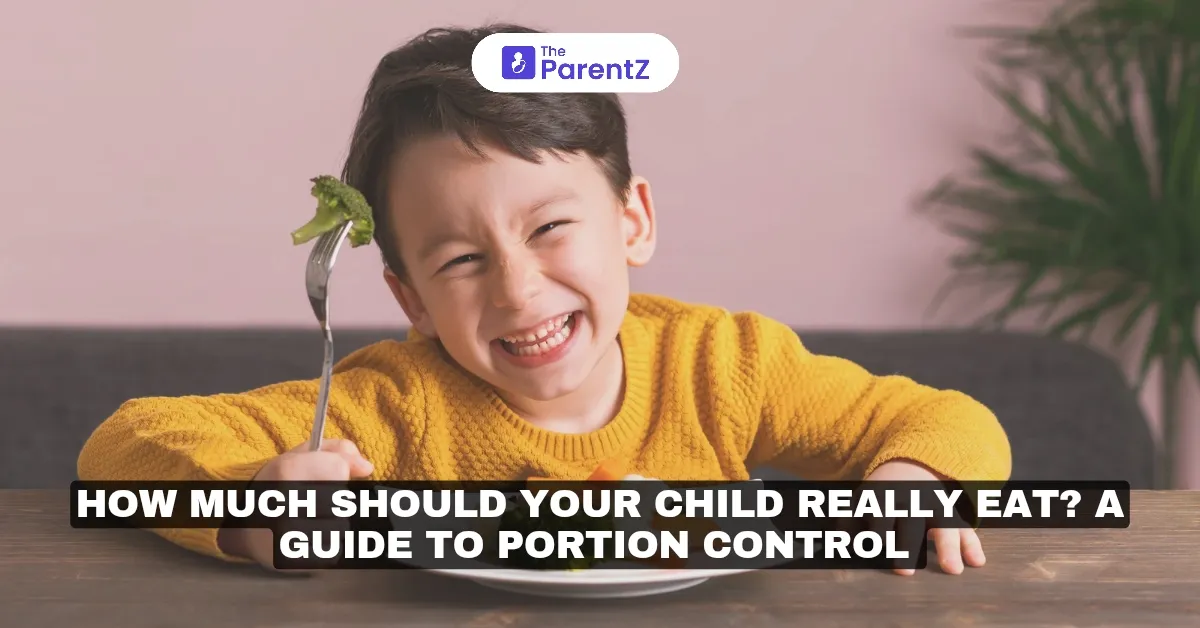

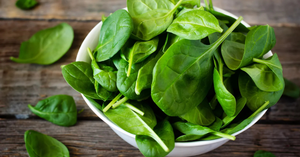
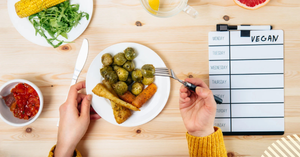
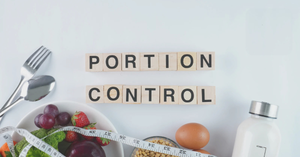

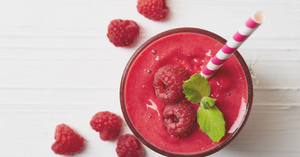
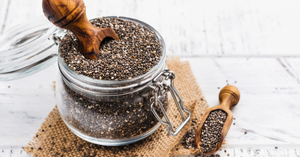
Be the first one to comment on this story.